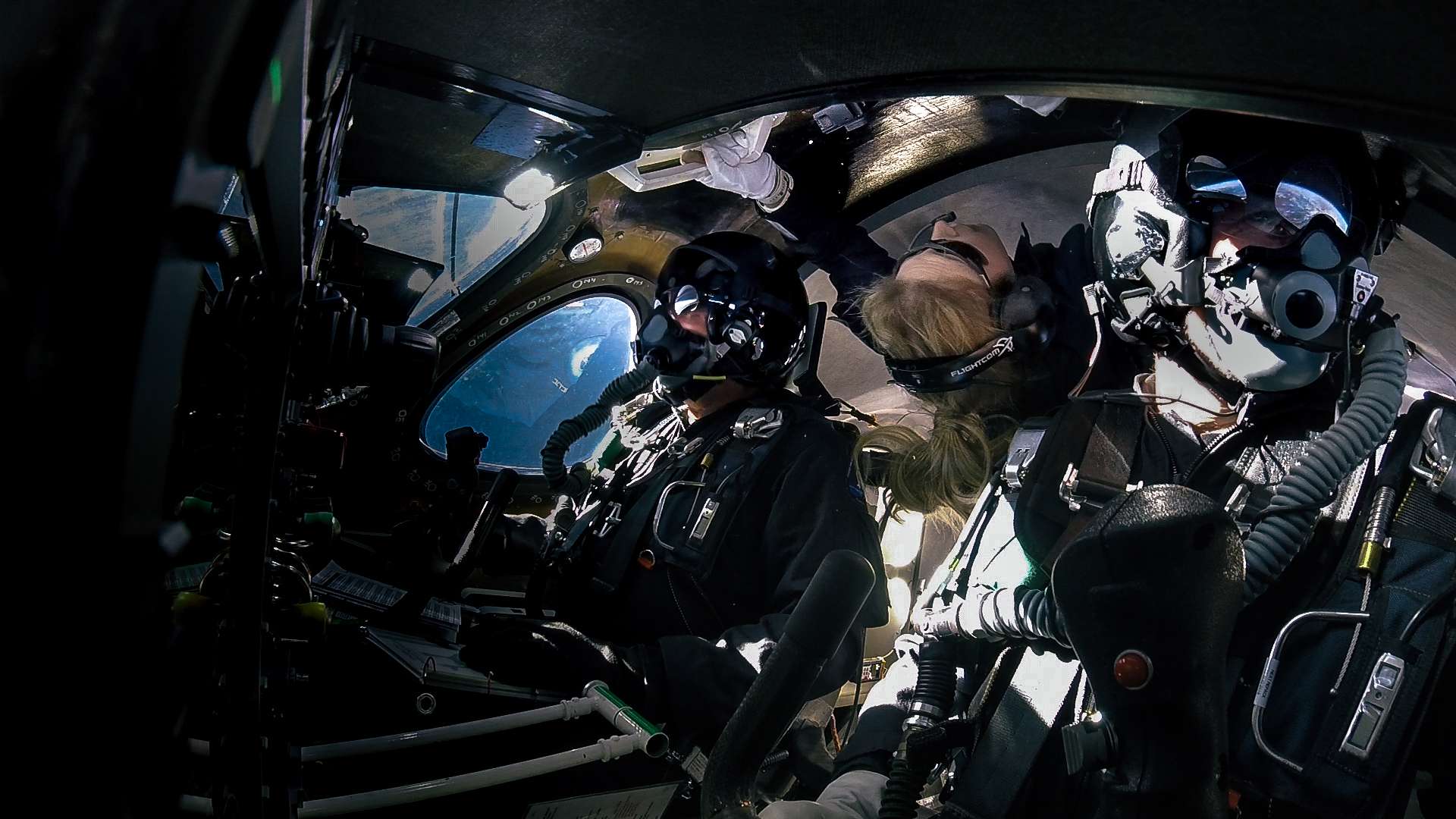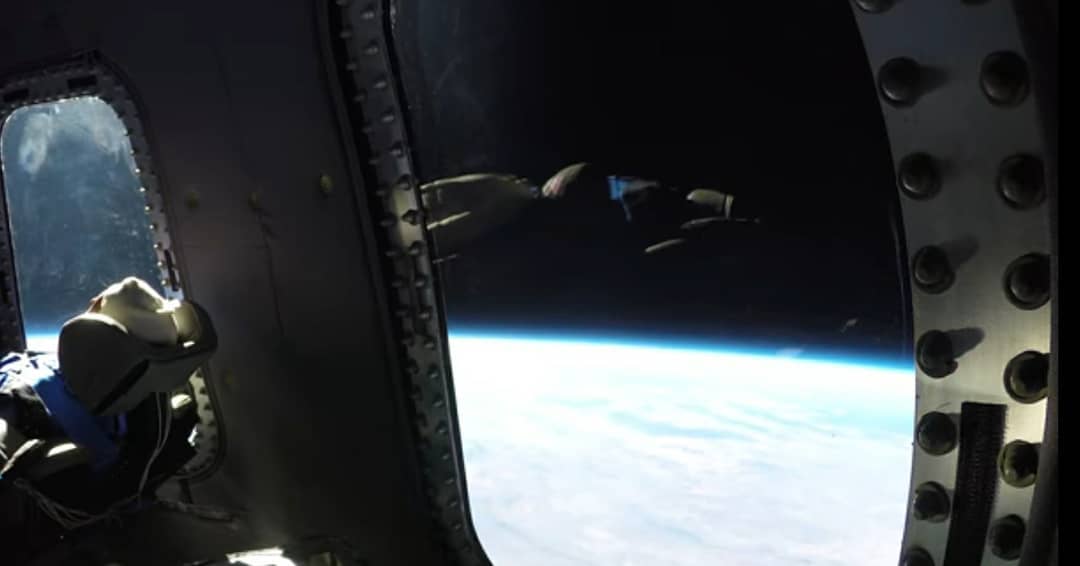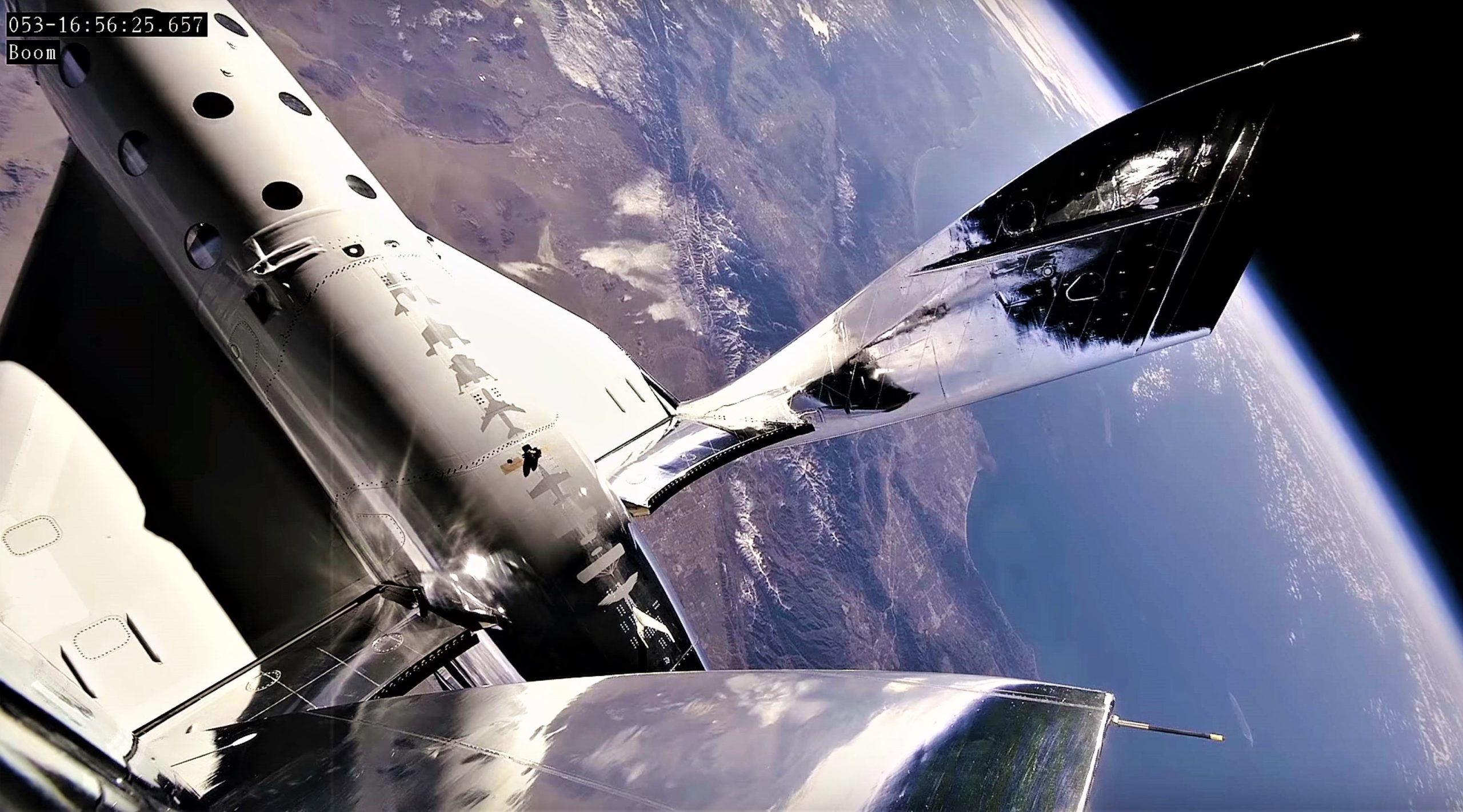News
DeepSpace: Virgin Galactic and Blue Origin banter about the fine print of suborbital tourism
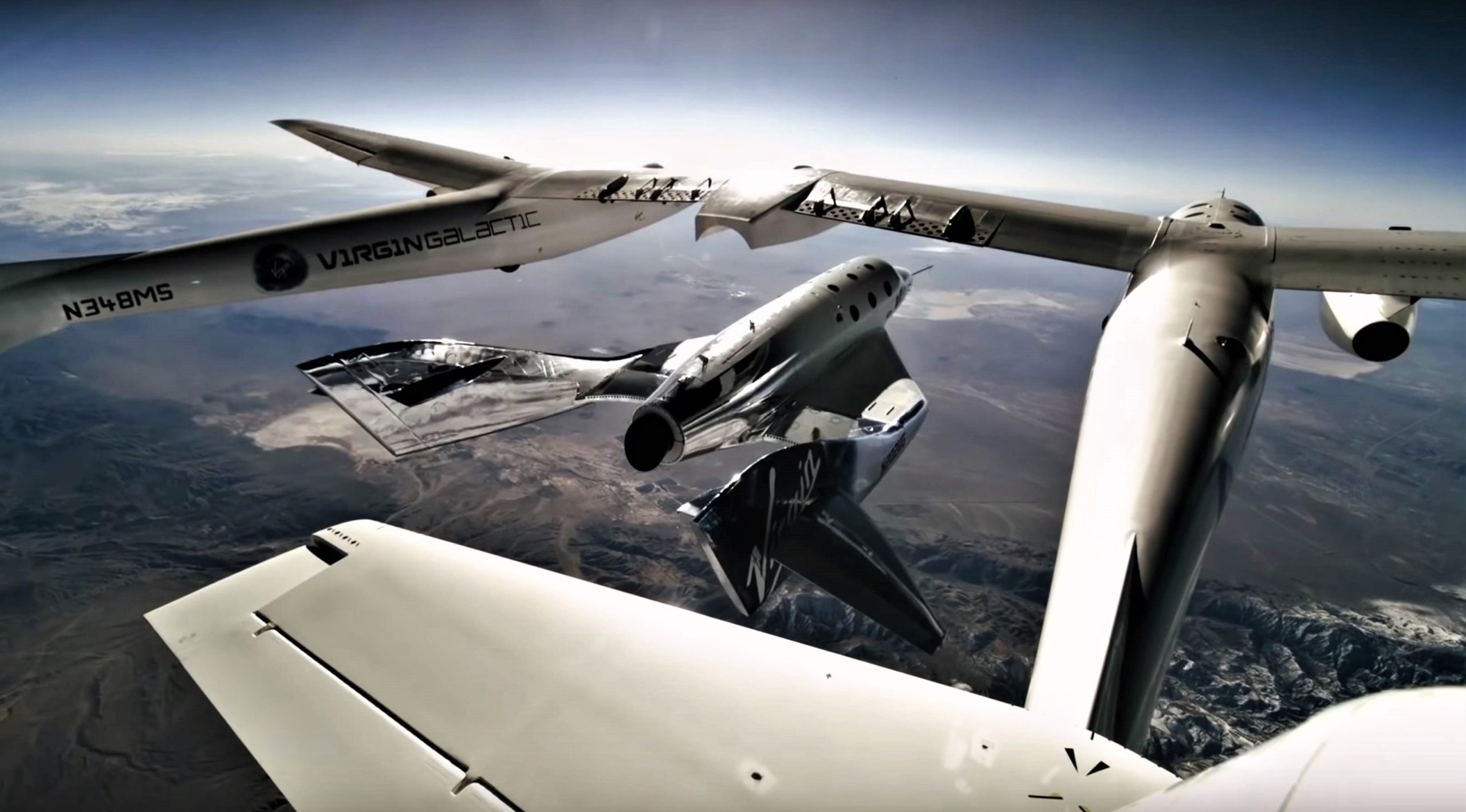
Welcome to the sixth edition of our new newsletter, DeepSpace! Each Tuesday, I’ll be taking a deep-dive into the most exciting developments in commercial space, from satellites and rockets to everything in between. If you’d like to receive DeepSpace and all of our newsletters and membership benefits,
Just shy of two months into 2019, the new year has been marked by a distinct focus on human spaceflight. Most of that focus has centered (as it should) on the relatively imminent launch debut of both SpaceX’s Crew Dragon and Boeing’s Starliner, crewed spacecraft designed and built to carry astronauts into orbit for NASA.
However, beyond SpaceX and Boeing, a considerable amount of noise is being made about the labors and relative progress of companies like Blue Origin and Virgin Galactic, both primarily focused on building a suborbital tourism market with their New Shepard and SpaceShipTwo launch vehicles. Coming as no surprise from companies aiming to create a sustainable market for a very expensive consumer product, both products have been dragged through a torturous maze of marketing hype in a process that has not really done the serious endeavor of human spaceflight any favors.
The Shepard and the Ship
- Virgin Galactic’s launch vehicle provider The Spaceship Company has been working to develop a suborbital platform to launch humans since the early 2000s, incorporated after billionaire Paul Allen funded a group of companies that ultimately won the Ansari X Prize in 2004.
- The Virgin/TSC approach involves a carrier aircraft (Known as White Knight Two) and a much smaller rocket plane (SpaceShipTwo) that is carried up to ~30,000 feet (9 km) before dropping and igniting its engine.
- SpaceShipTwo is meant to reach a maximum altitude of around 300,000 feet (~90 km) at a top speed of roughly Mach 3 (1000 m/s, 2200 mph) before gliding back to land on the same runway.
- In 2014, a combination of bad aeronautical design and pilot error triggered the in-flight failure of the first SpaceShipTwo, killing one of its two pilots. A member of the NTSB board that investigated the failure stated that Scale Composites (one of TSC’s parent companies) “put all their eggs in the basket of the pilots [flying the vehicle] correctly.”
- In a February 2019 video, Virgin Galactic CEO George Whitesides noted that “many aircraft are moving to being less piloted over time [but] our vehicle really is piloted to space.”
- SpaceShipTwo most recently launched on February 22nd.
- Blue Origin has yet to launch an actual human on New Shepard, a small, reusable single-stage rocket designed to loft a separate passenger capsule to approximately 100 km (330,000 ft).
- New Shepard has conducted ten launches since its 2015 debut, most of which saw the crew capsule and booster approximately reach that nominal 100 km apogee and nine of which concluded with a successful landing of the rocket’s booster.
- Capable of carrying up to six passengers, the Crew Capsule features a built-in abort motor that has been successfully tested, as well as a parachute system for a relatively soft landing at end-of-mission.


“Spacecraft” and “astronauts”
- Aside from the generally impressive technology itself and the undeniable challenges and risks of launch humans on fueled rockets, both Blue Origin’s New Shepard and Virgin Galactic’s SpaceShipTwo exist – albeit with different weights – to cater to a new market, suborbital or “space” tourism.
- While NASA is taking advantage of the opportunities to test small experiments with both vehicles as a partial platform, the real goal of both vehicles is to routinely launch paying customers.
- While Blue Origin has yet to announce ticket pricing, Virgin Galactic has priced their offering at $250,000 per person. In both cases, the end result will likely be a six-figure sum in return for an experience that should last no more than 10-60 minutes from start to finish, excluding buildup from screening and whatever training is deemed necessary.
- In other words, short of cases involving charity, tickets on New Shepard and SpaceShipTwo will almost indefinitely be reserved for less than 1% of humanity, those with income around $1M or more per year. This is by no means a bad thing and is, in fact, a proven first or second step in the direction of democratizing exotic or expensive technologies like air travel, computers, and even electric cars (namely Teslas).
- However, both companies are laser-focused on branding their vehicles as spacecraft and their passengers as astronauts, with Virgin Galactic being the worst offender in this regard.
- Aside from literally calling its 600+ prospective customers “Future Astronauts”, Virgin Galactic uses every chance it gets to hammer home its claim that SpaceShipTwo is a commercial spacecraft and its pilots true licensed, “wing”-ed astronauts.
- While passengers are not eligible for official FAA ‘astronauts’ wings’, it appears that Virgin will continue to market its passenger experience as one where customers will get to ‘travel to space’ and more or less become astronauts.
- Blue Origin describes its commercial offering as a “reusable suborbital rocket system designed to take astronauts and research payloads past the Kármán line – the internationally recognized boundary of space.”
- Both Blue and Virgin flights offer about ~4 minutes of weighlessness between launch and landing.
- Virgin Galactic Makes Space for Second Time in Ten Weeks with Three On Board
- For context, Alan Shepard – the US test pilot and namesake of New Shepard – was launched to an altitude of almost 190 km (120 mi) for what was recognized as the first US “spaceflight” and spent something like 5-10 minutes in microgravity and above the Karman Line (100 km).
- Used as a rough measure for a sort of fixed, arbitrary boundary between “Earth” and “Space”, reasonable arguments have been made in the last few years that the 100 km Karman Line could more accurately be placed around 70-90 km, in which case Virgin Galactic might actually be technically correct when saying that SpaceShipTwo and its passengers are traveling to space.
- Fewer than 570 humans in all of history have visited space (> 100 km), around 99.5% of which were astronauts that reached orbit. To call pilots of a spaceplane as distinctly suborbital as SpaceShipOne “astronauts” is palatable, particularly given the risks they face as test subjects and test pilots.
- However, to even hinting that tourists riding New Shepard or SpaceShipTwo to altitudes of ~80-100 kilometers are astronauts would do an immense disservice to those that pushed the limits of technology, risked their lives, or even died in pursuit of orbital spaceflight, the only kind of spaceflight with any significant utility.
- Much like cruise ship customers are not under the impression that they are coming along to ‘become sailors’, suborbital tourists are not astronauts. That being said, it’s not inaccurate to describe the experience they will have the privilege of being part of as something truly extraordinary, given that they will become one of a very select few humans to have actually launched on a rocket or seen the exaggerated curvature of Earth’s limb against the blackness of space.
- SpaceX’s first attempted orbital launch of Crew Dragon – a spacecraft designed to transport astronauts to and from the International Space Station – is set to occur as early as 2:49 am EST/07:49 UTC on March 2nd.
- This is the first truly serious date, thanks to the successful completion of a critical pre-launch review conducted by NASA and SpaceX.
- The second launch of Falcon Heavy could occur as early as late March
- Aside from DM-1 and Falcon Heavy Flight 2, it’s unclear what SpaceX mission will happen next, although a West Coast launch (the Radarsat Constellation Mission) is a strong candidate.
Mission Updates |
Photos of the Week:
After successfully sending the world’s first commercial lunar lander on its way to the Moon and placing Indonesian communications satellite PSN-6 in a high-energy Earth orbit, Falcon 9 B1048 completed its third launch and landing and returned to port on February 24th. The booster’s fourth mission, a Crew Dragon in-flight abort test, will likely destroy B1048, making this its last successful recovery. (c. Tom Cross)



Elon Musk
Elon Musk’s Grok records lowest hallucination rate in AI reliability study
Grok achieved an 8% hallucination rate, 4.5 customer rating, 3.5 consistency, and 0.07% downtime, resulting in an overall risk score of just 6.
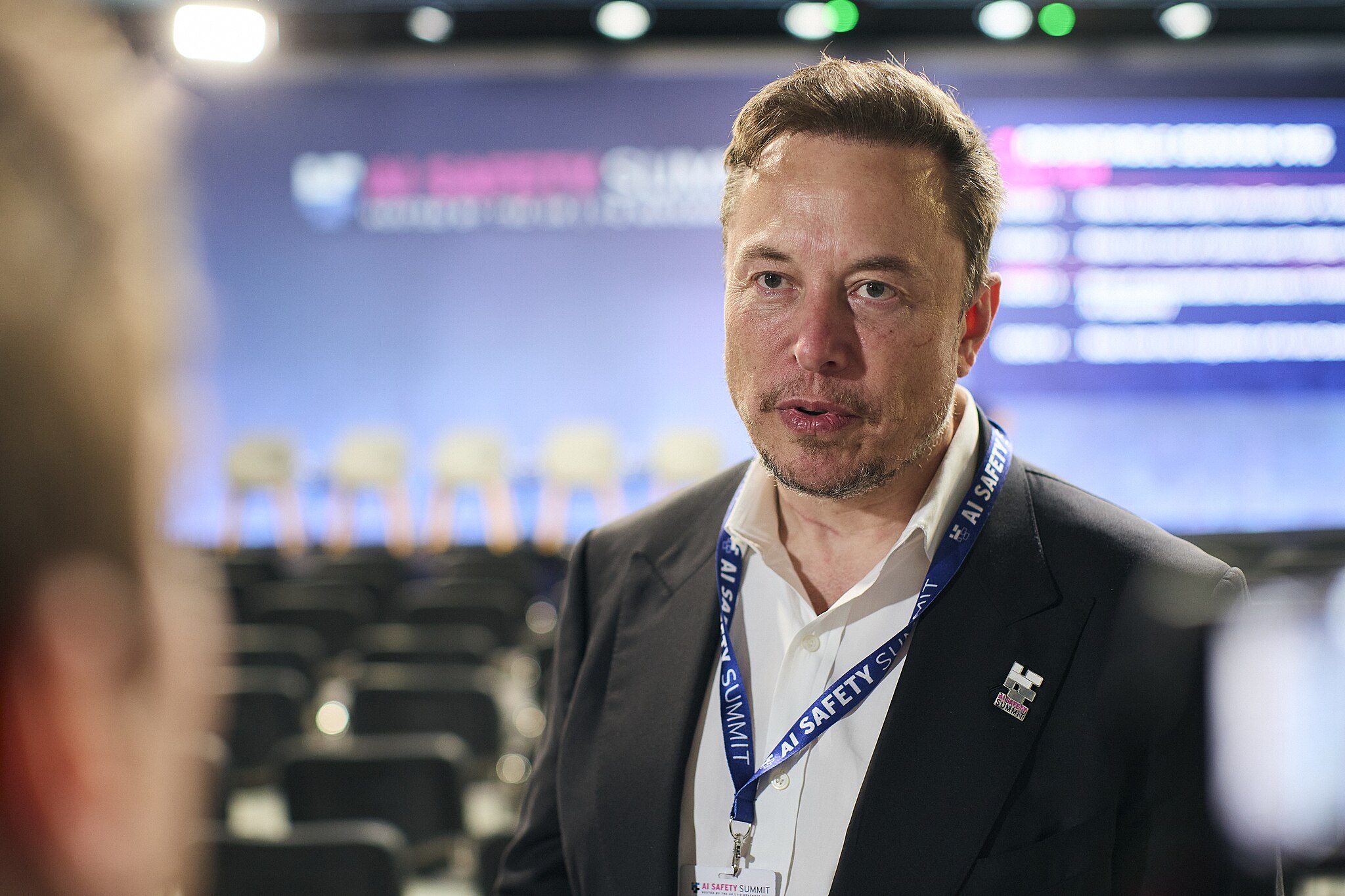
A December 2025 study by casino games aggregator Relum has identified Elon Musk’s Grok as one of the most reliable AI chatbots for workplace use, boasting the lowest hallucination rate at just 8% among the 10 major models tested.
In comparison, market leader ChatGPT registered one of the highest hallucination rates at 35%, just behind Google’s Gemini, which registered a high hallucination rate of 38%. The findings highlight Grok’s factual prowess despite the AI model’s lower market visibility.
Grok tops hallucination metric
The research evaluated chatbots on hallucination rate, customer ratings, response consistency, and downtime rate. The chatbots were then assigned a reliability risk score from 0 to 99, with higher scores indicating bigger problems.
Grok achieved an 8% hallucination rate, 4.5 customer rating, 3.5 consistency, and 0.07% downtime, resulting in an overall risk score of just 6. DeepSeek followed closely with 14% hallucinations and zero downtime for a stellar risk score of 4. ChatGPT’s high hallucination and downtime rates gave it the top risk score of 99, followed by Claude and Meta AI, which earned reliability risk scores of 75 and 70, respectively.

Why low hallucinations matter
Relum Chief Product Officer Razvan-Lucian Haiduc shared his thoughts about the study’s findings. “About 65% of US companies now use AI chatbots in their daily work, and nearly 45% of employees admit they’ve shared sensitive company information with these tools. These numbers show well how important chatbots have become in everyday work.
“Dependence on AI tools will likely increase even more, so companies should choose their chatbots based on how reliable and fit they are for their specific business needs. A chatbot that everyone uses isn’t necessarily the one that works best for your industry or gives accurate answers for your tasks.”
In a way, the study reveals a notable gap between AI chatbots’ popularity and performance, with Grok’s low hallucination rate positioning it as a strong choice for accuracy-critical applications. This was despite the fact that Grok is not used as much by users, at least compared to more mainstream AI applications such as ChatGPT.
News
Tesla (TSLA) receives “Buy” rating and $551 PT from Canaccord Genuity
He also maintained a “Buy” rating for TSLA stock over the company’s improving long-term outlook, which is driven by autonomy and robotics.

Canaccord Genuity analyst George Gianarikas raised his Tesla (NASDAQ:TSLA) price target from $482 to $551. He also maintained a “Buy” rating for TSLA stock over the company’s improving long-term outlook, which is driven by autonomy and robotics.
The analyst’s updated note
Gianarikas lowered his 4Q25 delivery estimates but pointed to several positive factors in the Tesla story. He noted that EV adoption in emerging markets is gaining pace, and progress in FSD and the Robotaxi rollout in 2026 represent major upside drivers. Further progress in the Optimus program next year could also add more momentum for the electric vehicle maker.
“Overall, yes, 4Q25 delivery expectations are being revised lower. However, the reset in the US EV market is laying the groundwork for a more durable and attractive long-term demand environment.
“At the same time, EV penetration in emerging markets is accelerating, reinforcing Tesla’s potential multi‑year growth runway beyond the US. Global progress in FSD and the anticipated rollout of a larger robotaxi fleet in 2026 are increasingly important components of the Tesla equity story and could provide sentiment tailwinds,” the analyst wrote.
Tesla’s busy 2026
The upcoming year would be a busy one for Tesla, considering the company’s plans and targets. The autonomous two-seat Cybercab has been confirmed to start production sometime in Q2 2026, as per Elon Musk during the 2025 Annual Shareholder Meeting.
Apart from this, Tesla is also expected to unveil the next-generation Roadster on April 1, 2026. Tesla is also expected to start high-volume production of the Tesla Semi in Nevada next year.
Apart from vehicle launches, Tesla has expressed its intentions to significantly ramp the rollout of FSD to several regions worldwide, such as Europe. Plans are also underway to launch more Robotaxi networks in several more key areas across the United States.
News
Waymo sues Santa Monica over order to halt overnight charging sessions
In its complaint, Waymo argued that its self-driving cars’ operations do not constitute a public nuisance, and compliance with the city’s order would cause the company irreparable harm.

Waymo has filed a lawsuit against the City of Santa Monica in Los Angeles County Superior Court, seeking to block an order that requires the company to cease overnight charging at two facilities.
In its complaint, Waymo argued that its self-driving cars’ operations do not constitute a public nuisance, and compliance with the city’s order would cause the company irreparable harm.
Nuisance claims
As noted in a report from the Los Angeles Times, Waymo’s two charging sites at Euclid Street and Broadway have operated for about a year, supporting the company’s growing fleet with round-the-clock activity. Unfortunately, this has also resulted in residents in the area reportedly being unable to sleep due to incessant beeping from self-driving taxis that are moving in and out of the charging stations around the clock.
Frustrated residents have protested against the Waymos by blocking the vehicles’ paths, placing cones, and “stacking” cars to create backups. This has also resulted in multiple calls to the police.
Last month, the city issued an order to Waymo and its charging partner, Voltera, to cease overnight operations at the charging locations, stating that the self-driving vehicles’ activities at night were a public nuisance. A December 15 meeting yielded no agreement on mitigations like software rerouting. Waymo proposed changes, but the city reportedly insisted that nothing would satisfy the irate residents.
“We are disappointed that the City has chosen an adversarial path over a collaborative one. The City’s position has been to insist that no actions taken or proposed by Waymo would satisfy the complaining neighbors and therefore must be deemed insufficient,” a Waymo spokesperson stated.
Waymo pushes back
In its legal complaint, Waymo stated that its “activities at the Broadway Facilities do not constitute a public nuisance.” The company also noted that it “faces imminent and irreparable harm to its operations, employees, and customers” from the city’s order. The suit also stated that the city was fully aware that the Voltera charging sites would be operating around the clock to support Waymo’s self-driving taxis.
The company highlighted over one million trips in Santa Monica since launch, with more than 50,000 rides starting or ending there in November alone. Waymo also criticized the city for adopting a contentious strategy against businesses.
“The City of Santa Monica’s recent actions are inconsistent with its stated goal of attracting investment. At a time when the City faces a serious fiscal crisis, officials are choosing to obstruct properly permitted investment rather than fostering a ‘ready for business’ environment,” Waymo stated.
